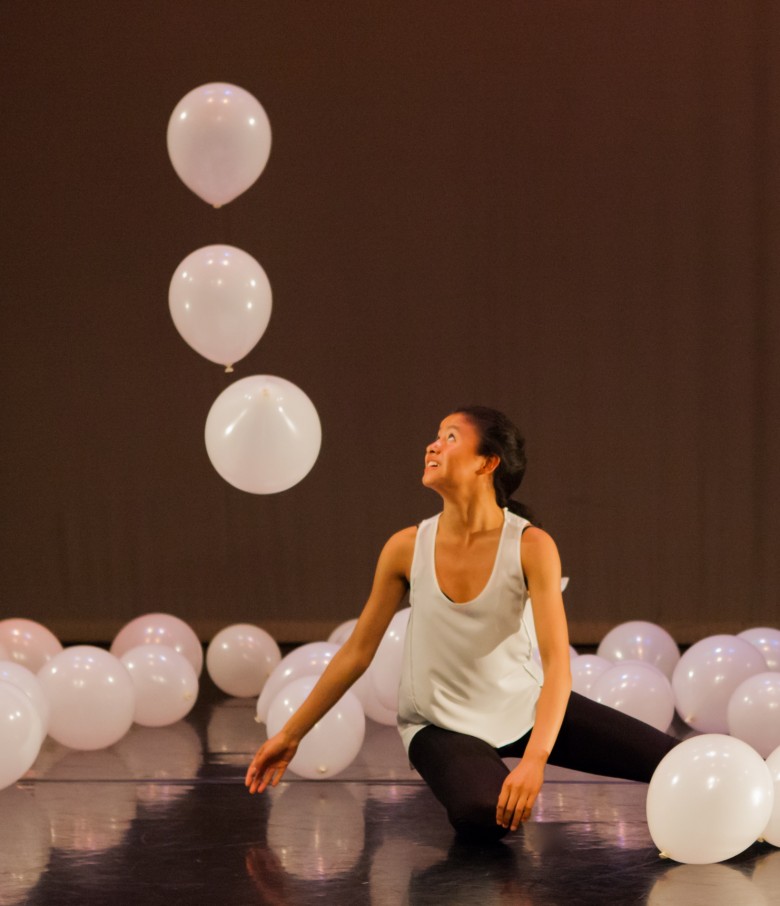What is technique? Part 2- Style, Versatility & Building The Instrument

Style & Versatility
An arabesque in ballet has the same anatomical and kinesthetic needs as an arabesque in modern dance. All arabesques require turnout, a spiraling spinal column with a well distributed arch, supported abdominals and expressive freedom in the upper body. It may be styled differently with such things as arm variations, head positions and height of gesture leg, but at the core of the movement the laws of nature and the anatomy of the dancer must be honoured. Therefore dancers must have a solid technical foundation that permits a versatility of style.
Style is not technique, it is style.
I would contend that versatile dancers actually have one universal way of moving that allows them to layer on style as needed. So for me the goal is not to be versatile, but holistically universal in your technique and that is what will lead to versatility.
Habitual Technique & Building The Instrument
The fundamental positions, alignment and movement concepts of technique are learned in the early years of training and must be drilled into the body to create a habitual way of moving for the student. They must use their technique unconsciously because it has become a totally embedded way of moving. Their technique must be present and consistent in all movements. For example: turnout standing still in first position must also be evident and consistently used when moving through space in allegro. Turnout lost in the air at the top of a jump means that turnout has not been habitually learned.
So after learning fundamental positions, alignment and movement concepts the following years of training become about combining them into ‘steps’ of increasing complexity. In reality the fundaments of dance technique are not steps, they are anatomical and kinesthetic principles.
Technical foundations first, steps second.
Thus in this way a well thought out curriculum, progressing logically from the simple to the difficult, is critical for the development and health of the student. We must not forget that as a student is training they are also building their instrument. Sound technique builds and moulds the instrument of the dance student as they are growing. Forcing the young body to do things that are in advanced stages of curriculum does not honour their body and the growth stages that it must pass through to remain a healthy working instrument.
Part Three of this topic delves into the idea of form and function and it’s application to dance technique.
Photo this page by Cathy McKelvey.
You may subscribe to Words To Dance By via email, Facebook or Twitter. Please use the icon links below.
Copyright Information
All content on this blog are original copyrighted material, unless otherwise stated. Content on Words To Dance By may not be reproduced in any form without written permission by the author. We welcome the use of links to the original posts on the site. Correctly cited and attributed quotes or short excerpts are welcomed and appreciated.